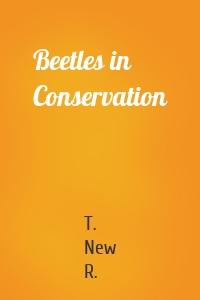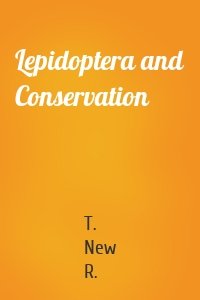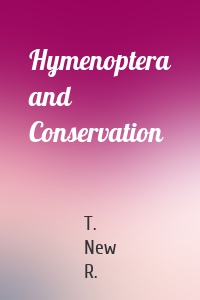T. New R.
3 кн.
Beetles in Conservation
Beetles, the most diverse group of insects, are often abundant in terrestrial and freshwater ecosystems. Many species are under threat from human changes to natural environments, and some are valuable tools in conservation, because they respond rapidly to changes that occur. Knowledge of these responses, of both abundance and composition of assemblages, enable use of some beetles to monitor environmental changes. Beetles impinge on humanity on many ways: as cultural objects, desirable...
| Автор | T. New R. |
Lepidoptera and Conservation
The third in a trilogy of global overviews of conservation of diverse and ecologically important insect groups. The first two were Beetles in Conservation (2010) and Hymenoptera and Conservation (2012). Each has different priorities and emphases that collectively summarise much of the progress and purpose of invertebrate conservation. Much of the foundation of insect conservation has been built on concerns for Lepidoptera, particularly butterflies as the most popular and best studied of all...
| Автор | T. New R. |
Hymenoptera and Conservation
Hymenoptera, the bees, wasps and ant, are one of the largest insect orders, and have massive ecological importance as pollinators and as predators or parasitoids of other insects. These roles have brought them forcefully to human notice , as governors of some key ecological services that strongly influence human food supply. Recent declines of pollinators and introductions of alien pests or biological control agents are only part of the current concerns for conservation of Hymenoptera, and of...
| Автор | T. New R. |




